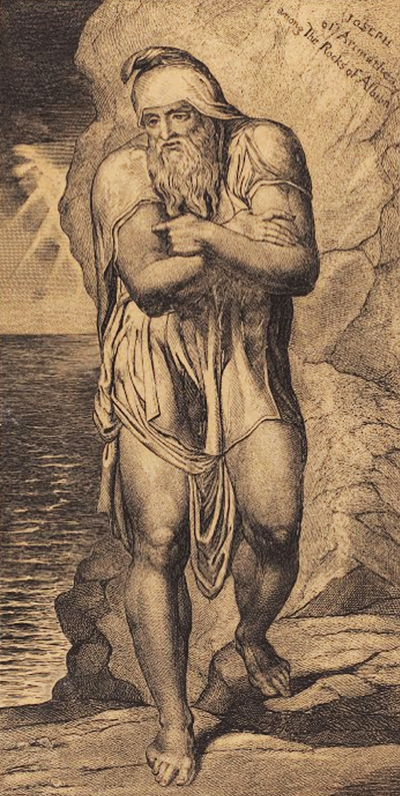In his most productive years, Blake produced various arts and several illuminated books. Around 1818, he came across John Linnel, a young engraver and painter. This meeting was a blessing as a group of talented artists became William's followers. The group called themselves the ancients, and they helped a lot in preserving William’s influence for many years.
Blake is an icon when it comes to Western art because his creativity contains both literary and visual arts. Throughout his existence, people referred to him as the best engraver ever. What’s more, he is well-known for his painting, printmaking and poetry. Blake's great analysis of the social and political climate found its way into his arts. His independence is well displayed as he adapted through time. By the age of 25, William Blake was already a popular engraver. In one of the works that he worked on during his mid-life, Blake boldly claimed that his birth marked the beginning of a 'new heaven.' In this setup, his personal art would only be rivalled by Milton and Michelangelo creativity.
Who Inspired William Blake?
At the age of ten, Blake's mother gave him drawing lessons, and at the age of 15, he was introduced to one of the most renowned engrave at the time, James Basire. He continued with craftsmanship even after joining the Royal Academy. He even maintained that engraving is an incredible form of art. As a young trainee, Blake learnt his engraving skills from the popular Michelangelo. William was acquainted with Michelangelo's works as he studied them to recognise everything about the past. Michelangelo's art was more than a picture to William Blake. The truth is that it became the Joseph of Arimathea among the Rocks of Albion. According to William Blake, engraving is drawing on copper while painting is drawing on canvas. William's paintings show his intense commitment to the arts through his creativity.
What is Special about William Blake?
Blake still remembered the portrait he made as a trainee at Basire's place. After a couple of years, he returned to it and re-engraved it with extra detail and words to show how treasured the work was. This portrait linked him to Jesus, Joseph of Arimathea and Michelangelo. Also, it connected him to the restored Albion that contained the concept of Jerusalem being established in England’s pleasant and green land.




